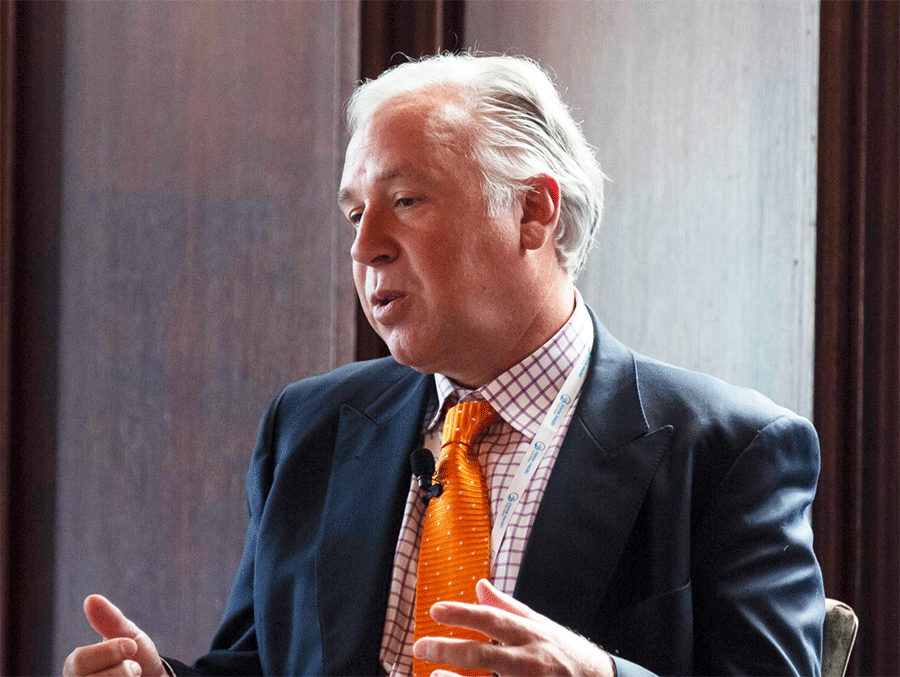When Paul Kusserow began as CEO of Amedisys six years ago, the stock was valued at approximately $26 per share. Now, it’s over $300 — and Kusserow points to diversifying the board and executive teams as a principal driver of that and other metrics of success.
Amedisys, in fact, achieved something of a milestone via the appointment of Ivanetta Davis Samuels in January 2021, which made women the majority of the company’s board.
Health Evolution Editor-in-Chief Tom Sullivan spoke with Kusserow about the business decision to diversify, the operational and financial improvements the move has yielded, and his advice for other CEOs about undertaking diversity initiatives.
Health Evolution: At what point did you first realize you wanted the board to be either a majority of women, more diverse or both?
Kusserow: When I started here, I wasn’t an expert at home health and hospice, so prior to COVID-19, I spent a week every month out in the field. To figure out what we should be doing. I’ve spent time in close to 500 care centers in 39 states. We have 23,000 employees and 85 percent of our employee population are women. When I go into people’s homes the patients are both men and women, but the caregivers in the home are generally women, daughters, female relatives. I started to see in the home care environment and hospice; our patients, caregivers and employees are women, there are lot of people of color as well — and here I was, this white male.
I became Chairman of Amedisys about a year ago. When I was thinking of taking on the board, I felt it was important to have the board reflect, as much as possible, our patient and our employee populations instead of just having a bunch of old white guys sitting around a table with one woman. Changing that perception has added considerably to how we need to be thinking about the world. The best companies’ boards should reflect customers and employees.
Health Evolution: How did you actually make it happen? Was it a matter of waiting for men to step down? How did it all come together?
Kusserow: Some people were ready to leave and they left. For other people, we made changes with a little more pressure. You can’t fire someone from the board, but you can indicate whether they’re welcome. It’s tough, nuanced work.
Learn more from leaders advancing diversity and equity at the Health Evolution Virtual Confab 2021
CEOs might read this, roll their eyes and say, “You can’t change the board.” But you can in three to four years. You can do it. It’s not a Big Bang. Instead, it’s a prolonged, open, proactive, inclusive process and the board needs to understand why it’s important – why are we making this journey?
We were also spending a considerable amount of time on diversity and making our C-suite and leadership ranks look like our patient population. That’s increasingly important and board members and senior leadership needed to understand that. We’re doing better on the board than in the C-suite, but we are working on that as well.
Health Evolution: Regarding C-suite and leadership, what is the makeup of the other executives?
Kusserow: We have about 100 leaders and that makeup is majority women. The SVPs and VPs are about 70 percent women. It’s still not 85 percent, but it is a strong percentage. Of our six C-suite officers, right now only two are women, but we will eventually sort that out. We need to be better on that front.










